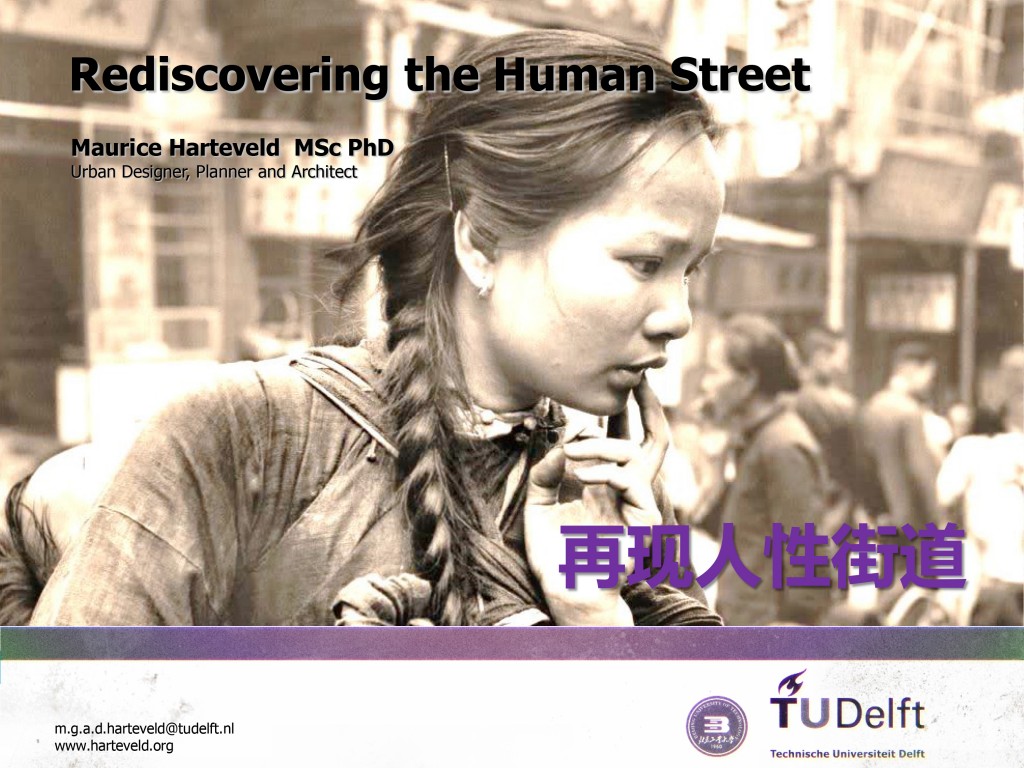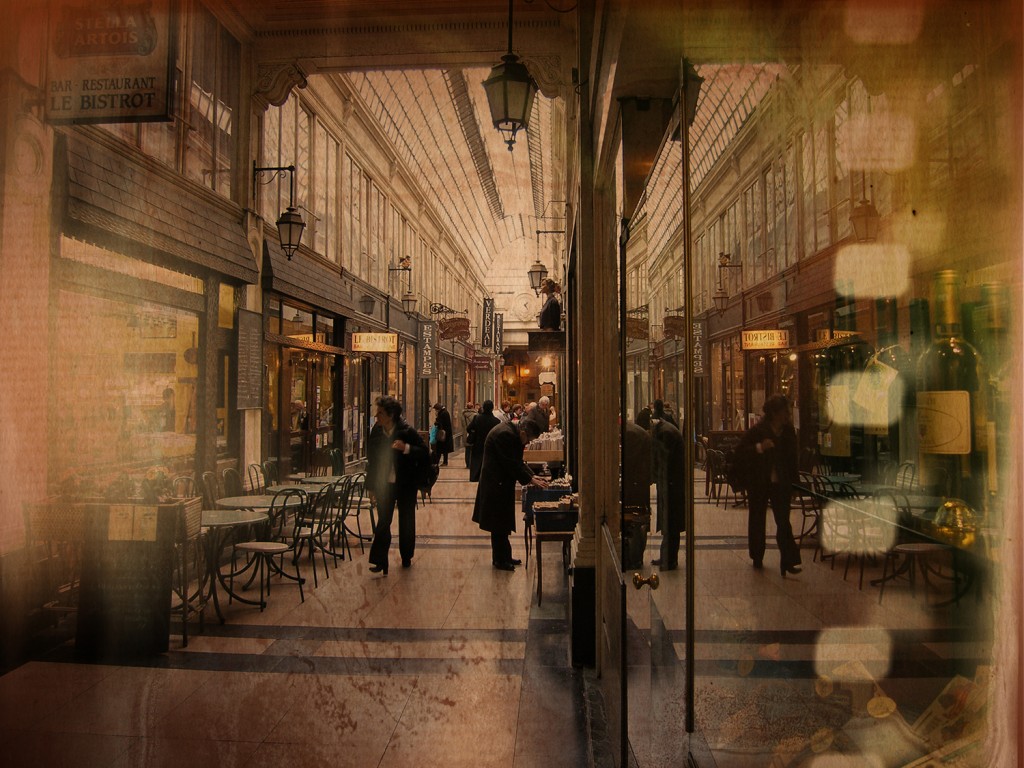|
Design Exhibition Reclaiming the Human Space at South China University of Technology on invitation of 8th – 15th November 2015 School of Architecture |
设计展区 重塑人性空间 华南理工大学 邀请方 2015年11月8日至11月15日 建筑学院 |
| Continue reading | |
Category Archives: urban design
Royal Visit to Expo
Besides meetings with the authorities and the official events of the state visit, King Willem-Alexander of The Netherlands visits the ‘Next City Living Lab’, the Dutch pavilion at Beijing Design Week. The expo embodies innovation and creativity for a better urban future, it also aims to demonstrate the spirit and strengths of Dutch design: Delft University of Technology presents Reclaiming the Human Space to promote social sustainability and better standards of life. In this expo, the king is being informed on the future urban challenges in the People’s Republic, including humanisation of planning, integration of social groups, recreation of community places, and rehabilitation of daily-life environments. This agenda is exposed in the midst of other exhibitions from leading Dutch design firms including West8, OMA, MVRDV, NL Architects and UN Studio.
Beijing Design Week 2015
The Dutch ambassador, Mr. Aart Jacobi, expressed:
“I have seen that much can be gained from matching Chinese and Dutch expertise in collaborative creative partnerships jointly working to-wards improving the quality of life in our cities for the long-term. It’s wonderful to see so many of our country’s key innovators taking part in the Next City Living Lab. This shows that China is an important partner for the Netherlands, also in the creative industries.”
Beijing Design Week 2015 北京国际设计周
10yrs of Graduation Projects
Liveability and Public Space in the Happy City
9th September 2015, 8:45-10:30h
Lecture
Delft University of Technology
Room: IO-Bernd Schierbeek
Landbergstraat 15
Delft
My faculty in Delft is one of the world’s largest in the field of architecture and urban design. “It is a place that is buzzing with life from early in the morning until late at night, with four thousand people studying, working, designing, conducting research and acquiring and disseminating knowledge*.” In this environment, I have supervised quite some graduates in their final master thesis, all focussed on liveability and public space. What can we learn from them and how to proceed?
Liveability and Public Space in the Happy City [download pdf]
Everyone Contributes
Singapore has been undergoing a fast growth scheme in a short time frame. No single person, no single firm or institution, not even a single government can solve all themselves. So, within the international Vertical Cities Asia competition, exactly this is challenged in the Paya Lebar area. How to house hundred-thousand people per square kilometre in the future?
Rediscovering the Human Street
Without People, No City!
Socio-Spatial Processes in Rotterdam
Challenging the City by means of Urban Design
Each year, collaboratively a mix of about 100 students have been challenged to improve the environment of people by strategically intervening in the urban fabric. They have been asked to do so in a sustainable and feasible way, and on a small scale. Next to a majority of urban designers and landscape architects, we’ve seen architects and planners joining the design teams too, and incidentally a social-geographer and a civil engineer. The multidisciplinary approach has added not only to the richness of the scope of solutions, but also and foremost to new understanding of the complex problems the city is facing.
Without People No City!
On-Site Expo
Hofbogen Project
Exhibition of Design Ideas for the Urban Area around an Abandoned Railway Line at
10th-12th April 2013
`t Lispunt
Nootdorpstraat 6
Rotterdam
This expo exhibits a project focused especially on socio-spatial transformation of the city, as a base for the urban design profession. Nearly two hundred participants illuminate the particular level of scale of the urban project, the scale where urban design meets the human scale. As such, urban design is closely related to (landscape) architecture. By strategically intervening in the urban fabric urban design improves the environment of people in a sustainable and feasible way. These designers understand the design and use of public space in its conjunction to the built programmes, because in the end people make the city.
Interior Public Space
Mazes in the Network
Interior Public Space
On the Mazes in the Network of an Urbanist
For centuries – and increasingly often today – the term ‘public space’ has been a synonym for government-owned spaces, open for all, and known by everyone. According to me, this is a complete misnomer. The spaces that people actually use are forgotten. Subordinated and neglected, considered unimportant by many urban theorists; the thinking on public interiors as day-to-day public space is in a poor way. The theorists who do pay attention to public spaces almost always accord them a separate status, and describe them as ‘semi-public’ or ‘collective’ spaces, neither public nor private. I base my views on the influence that people themselves have on the public character of a space.
Interior public spaces are exemplary. They are certainly not have become a new phenomenon, as some contemporary researchers suppose. They have always played an important part in various social-spatial changes and have been crucial to cities and their culture. I have studied the development of Graeco-Roman thinking on public space up to present day, and measured it against architectural and urban design practice. My research is based not just on theoretical premises or on political aims. It is based on the many designs in practice, which have been realised in various Indo-European cities, in the Turkish and Arabian countries in their periphery and in the Japanese capital, during and after the period of ‘westernisation’. My thesis can therefore also be seen as the scientific journey of a designer, close to day-to-day practice.
I believe that everyone makes a space, not just a designer. This involves a redirection of our thinking: Until theorists come to respect all public spaces and understand the complex network of people, they will lose their way in their self-made mazes.
see:
Harteveld, Maurice (2014) Interior Public Space, On the Mazes in the Network of an Urbanist, A Scientific Journey of a Designer, Following the Evolution of Greco-Roman Thoughts, Through Some Remarkable Indo-European Cities, Including those in The Americas, Crossing the Turkic and Arabic Spheres in their Proximity, and Abridging to the Japanese Capital as Introductory Exemplar, to Reconstruct Today’s Reasoning on Public Interiors by Means of Defining Types, Interrelating People and Actions, Describing Socio-Spatial Transformations, and Comprehending Cultural Meaning, In Nine Books; Delft: Delft University of Technology, Faculty Architecture, Urbanism and Building Sciences


